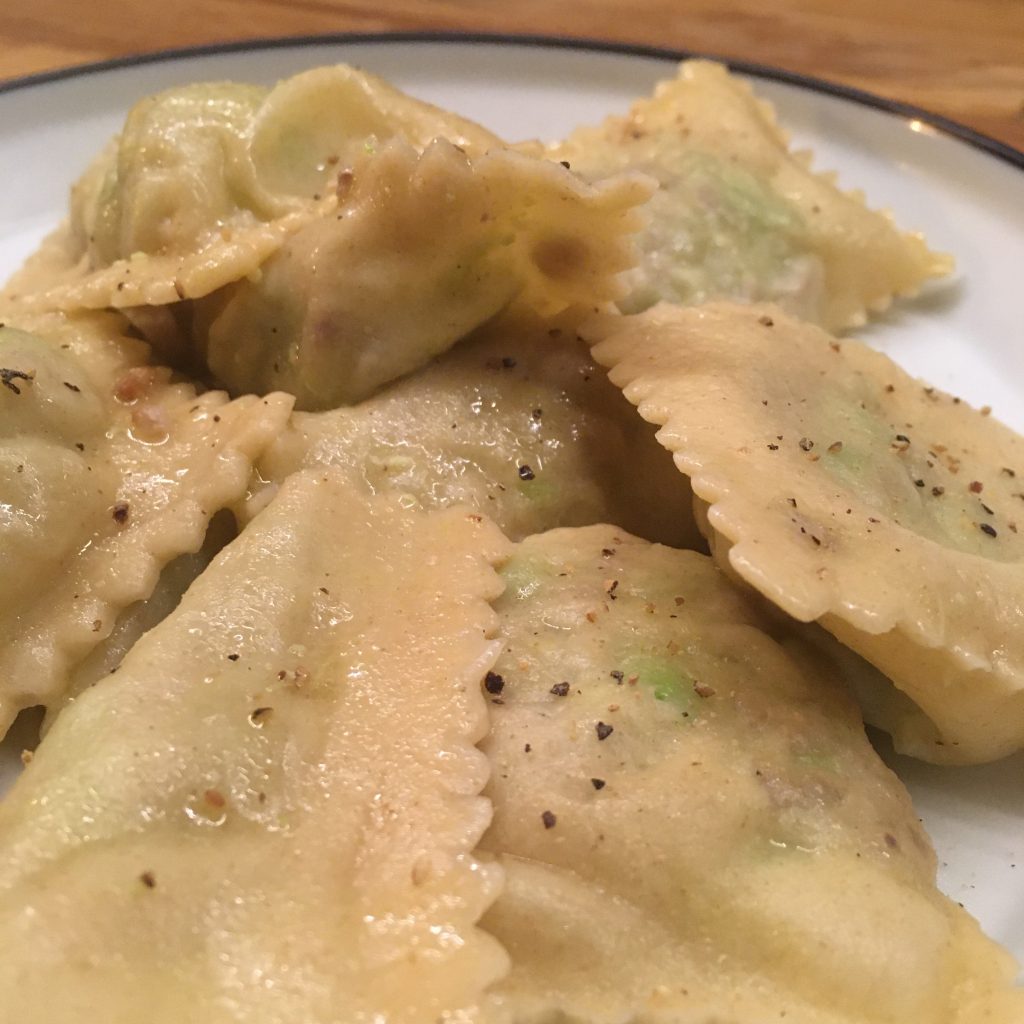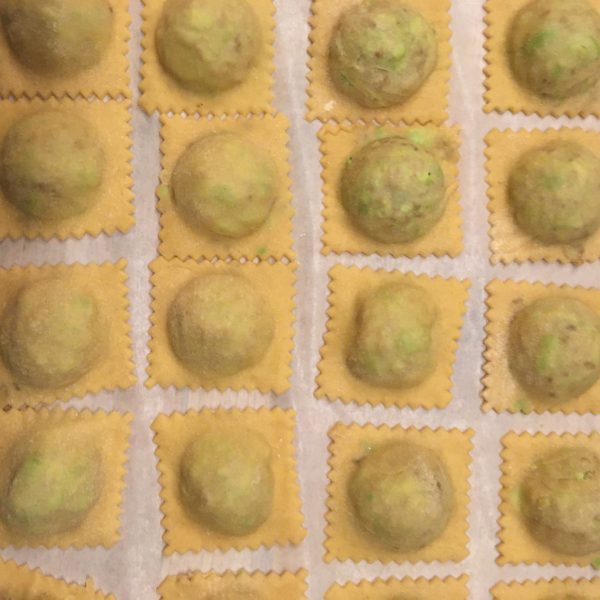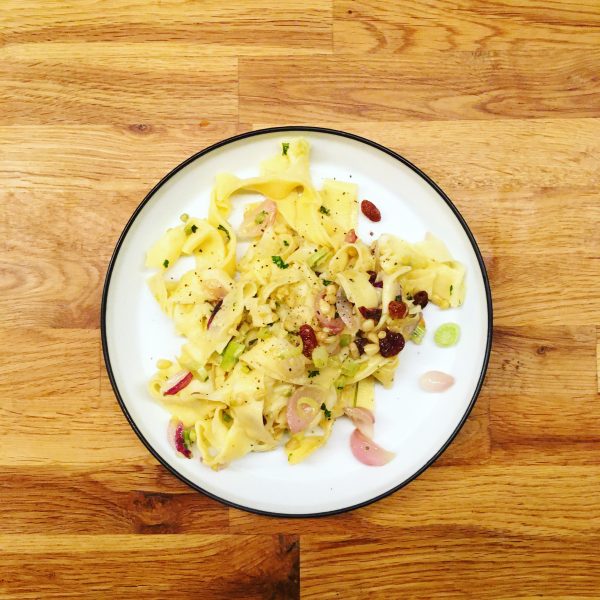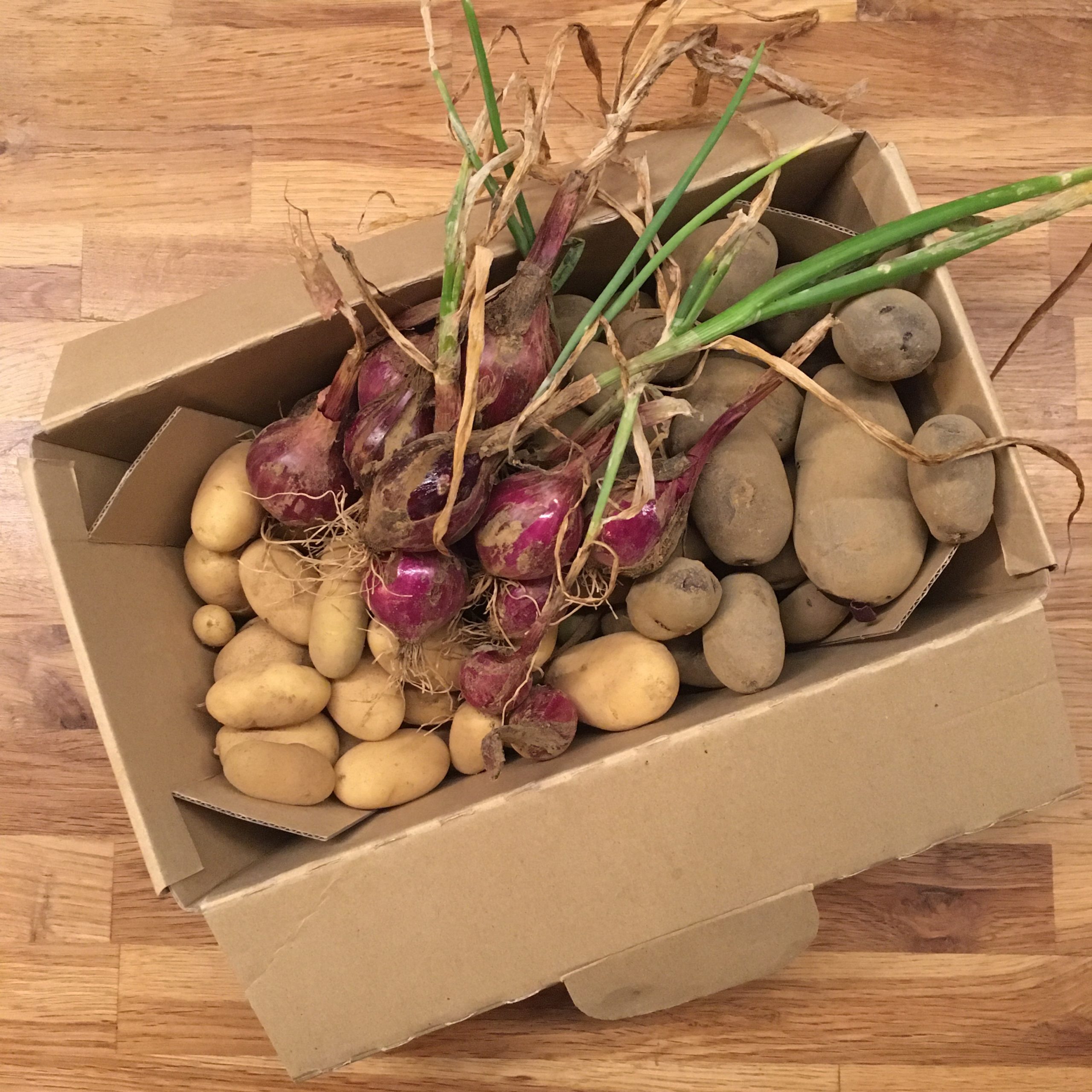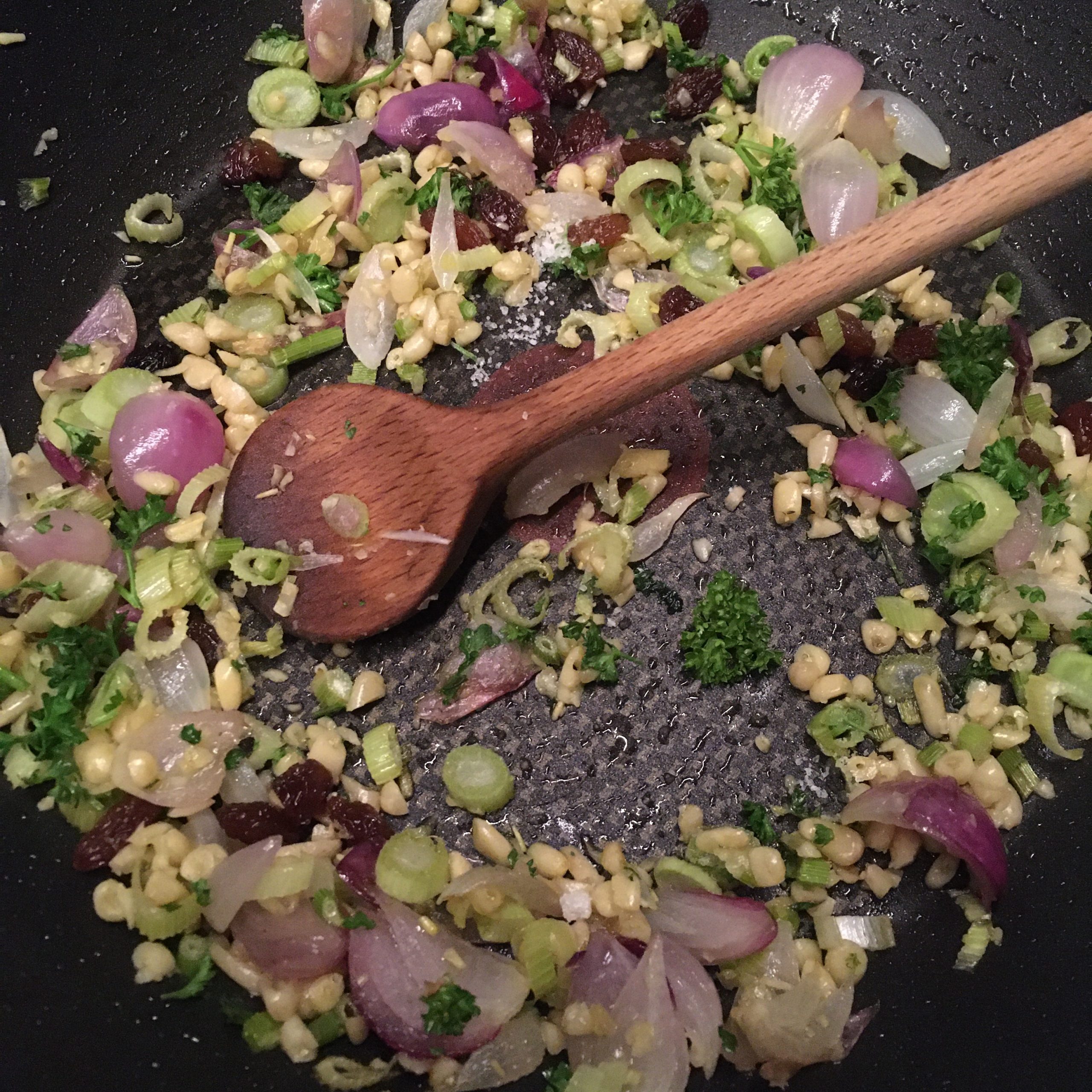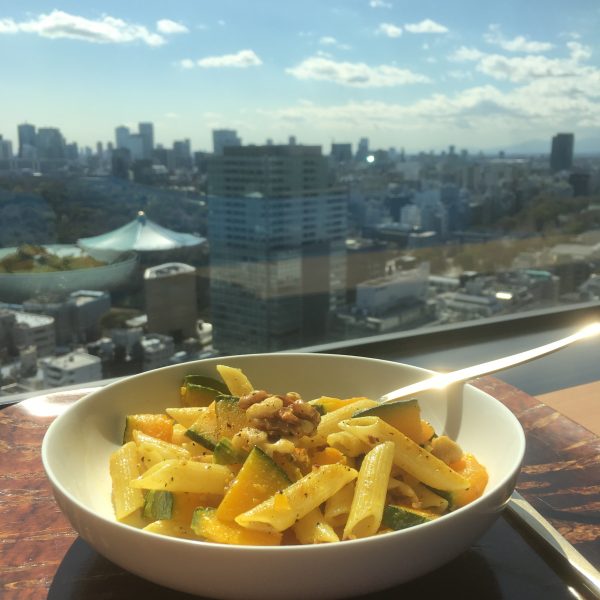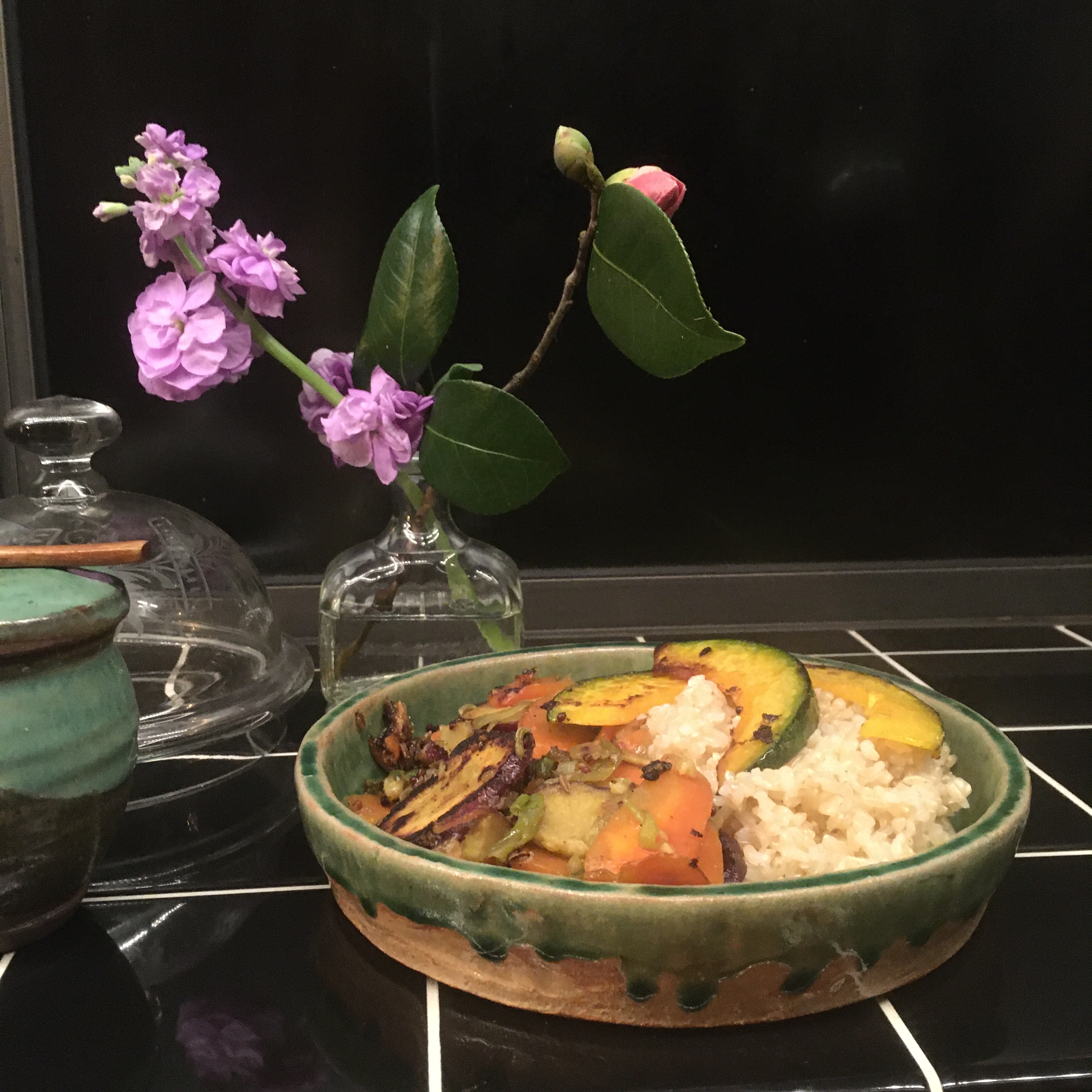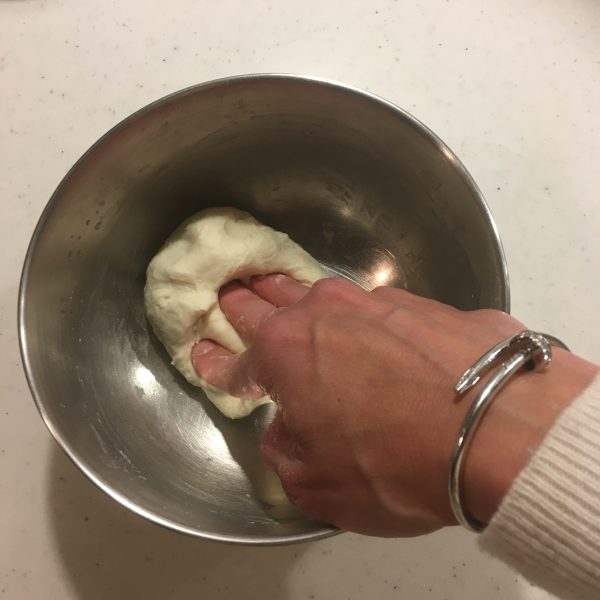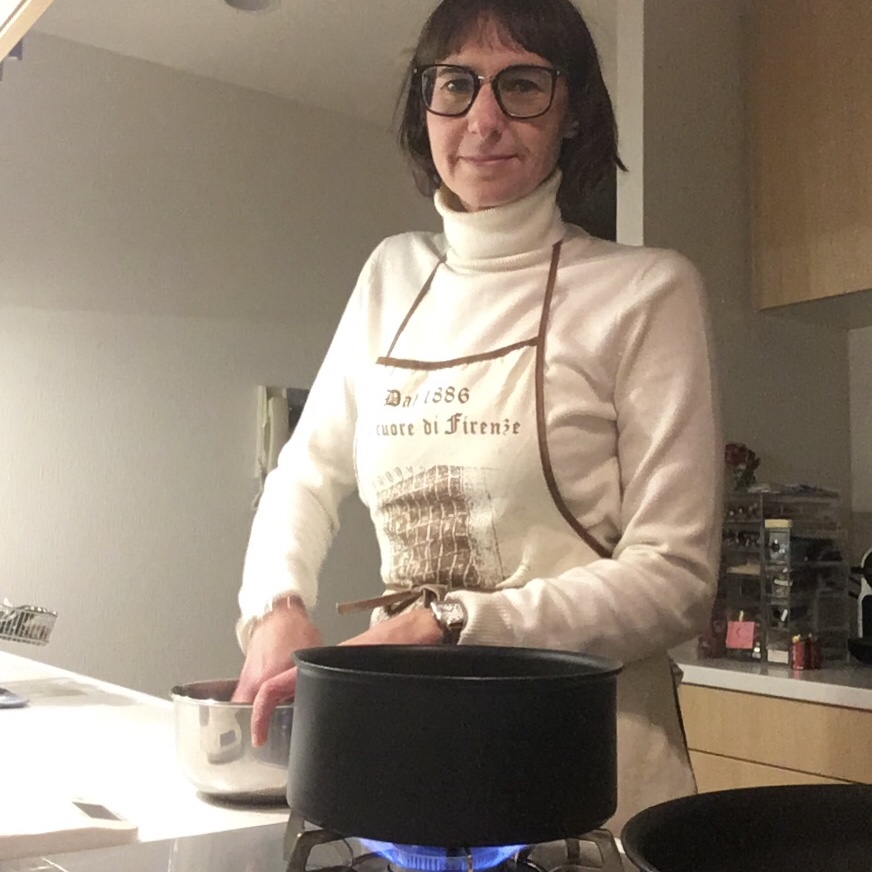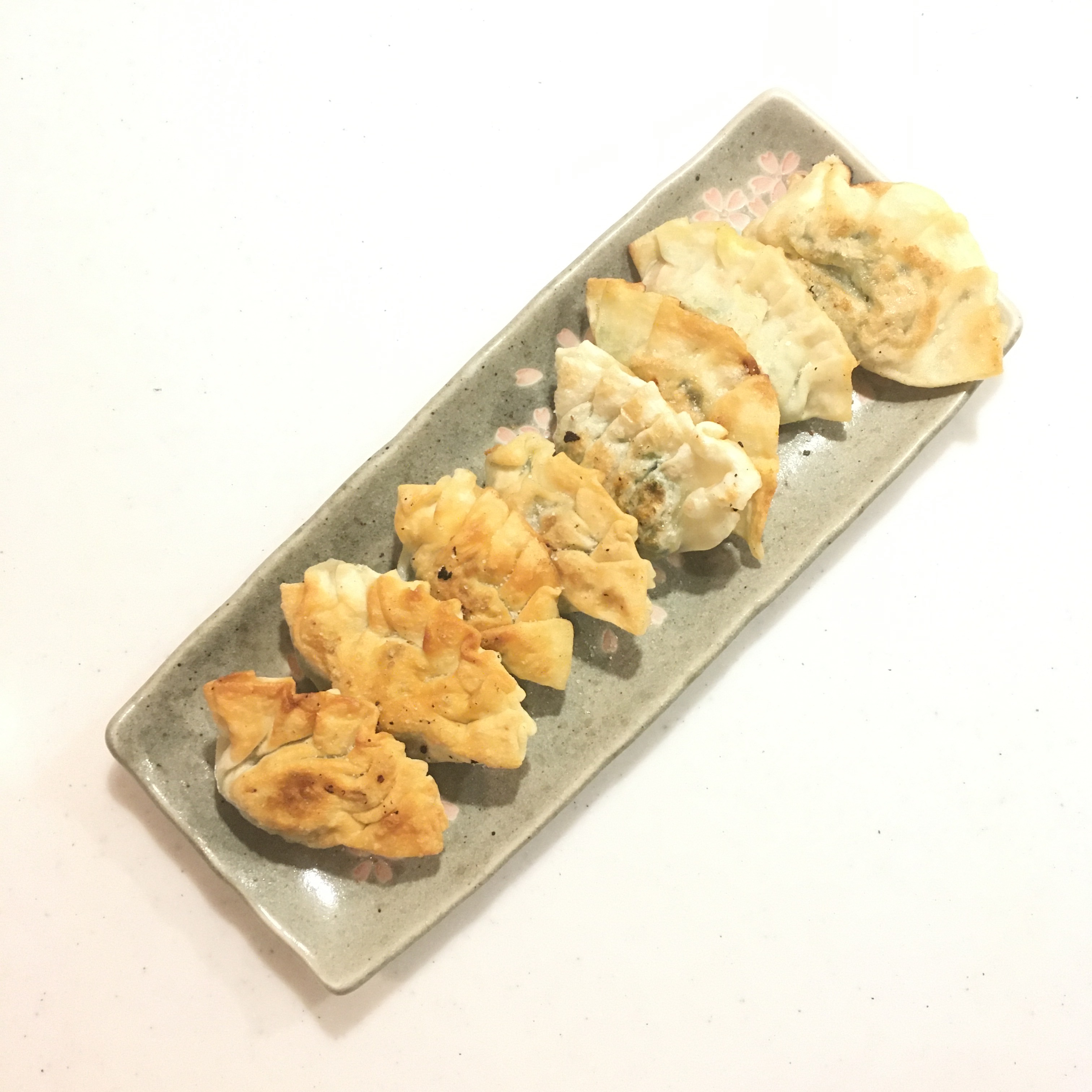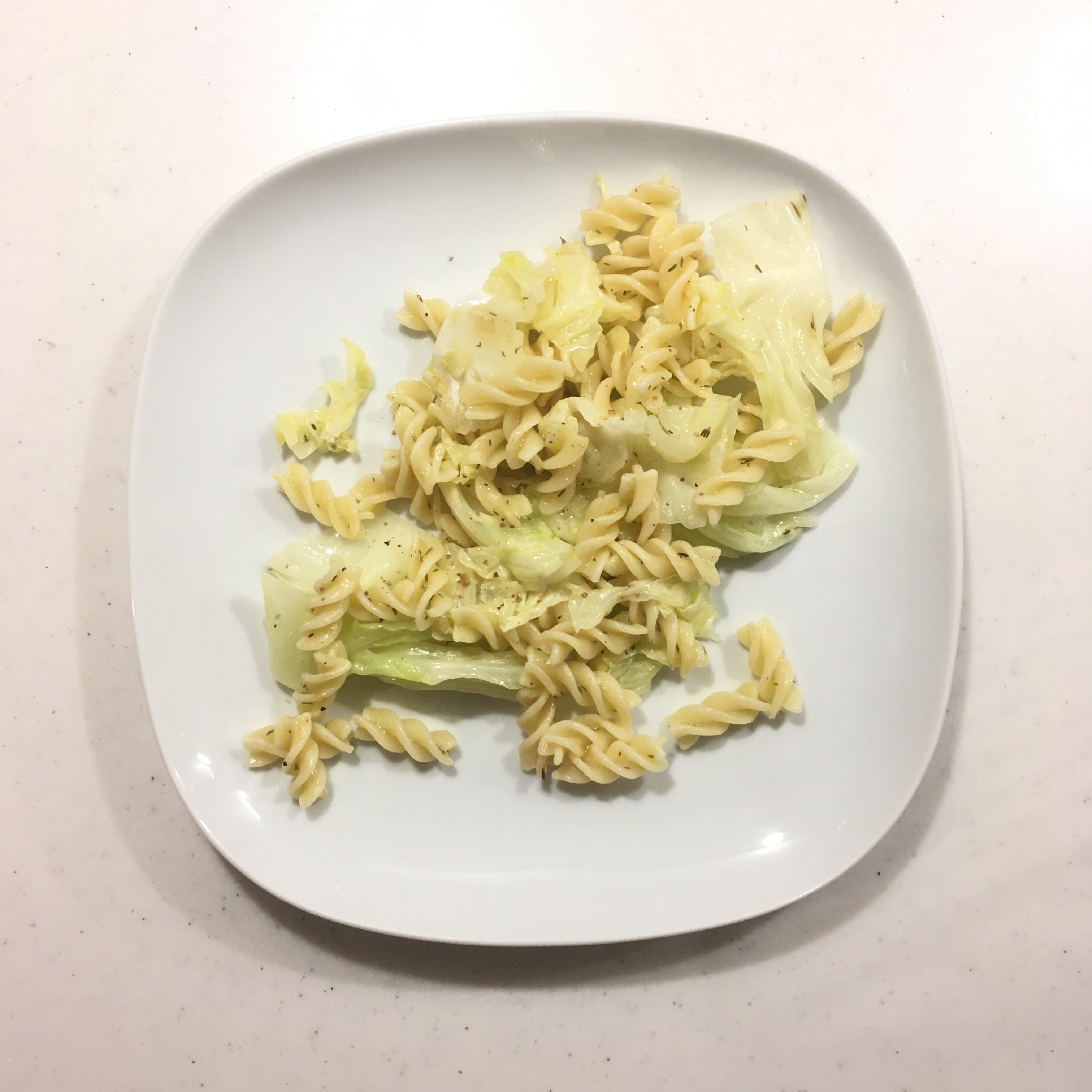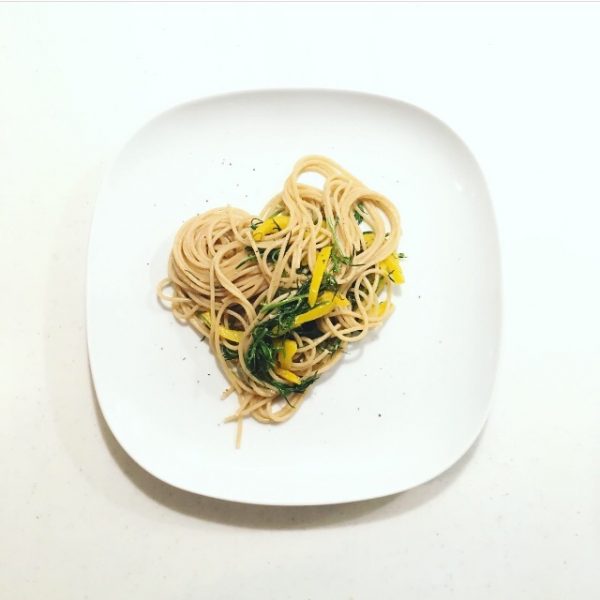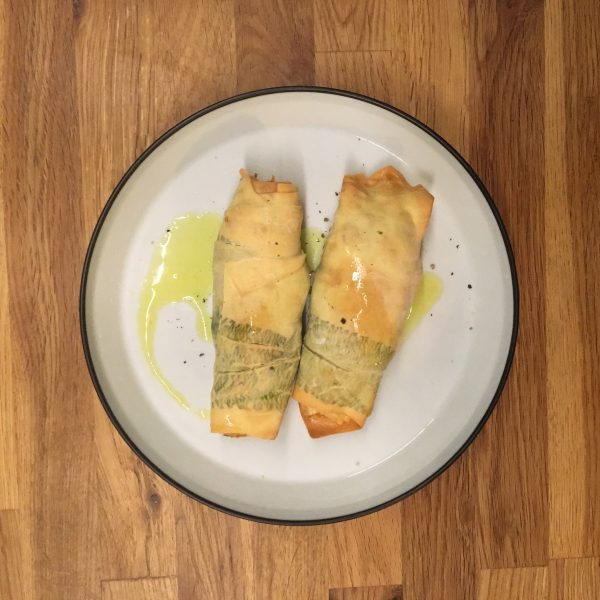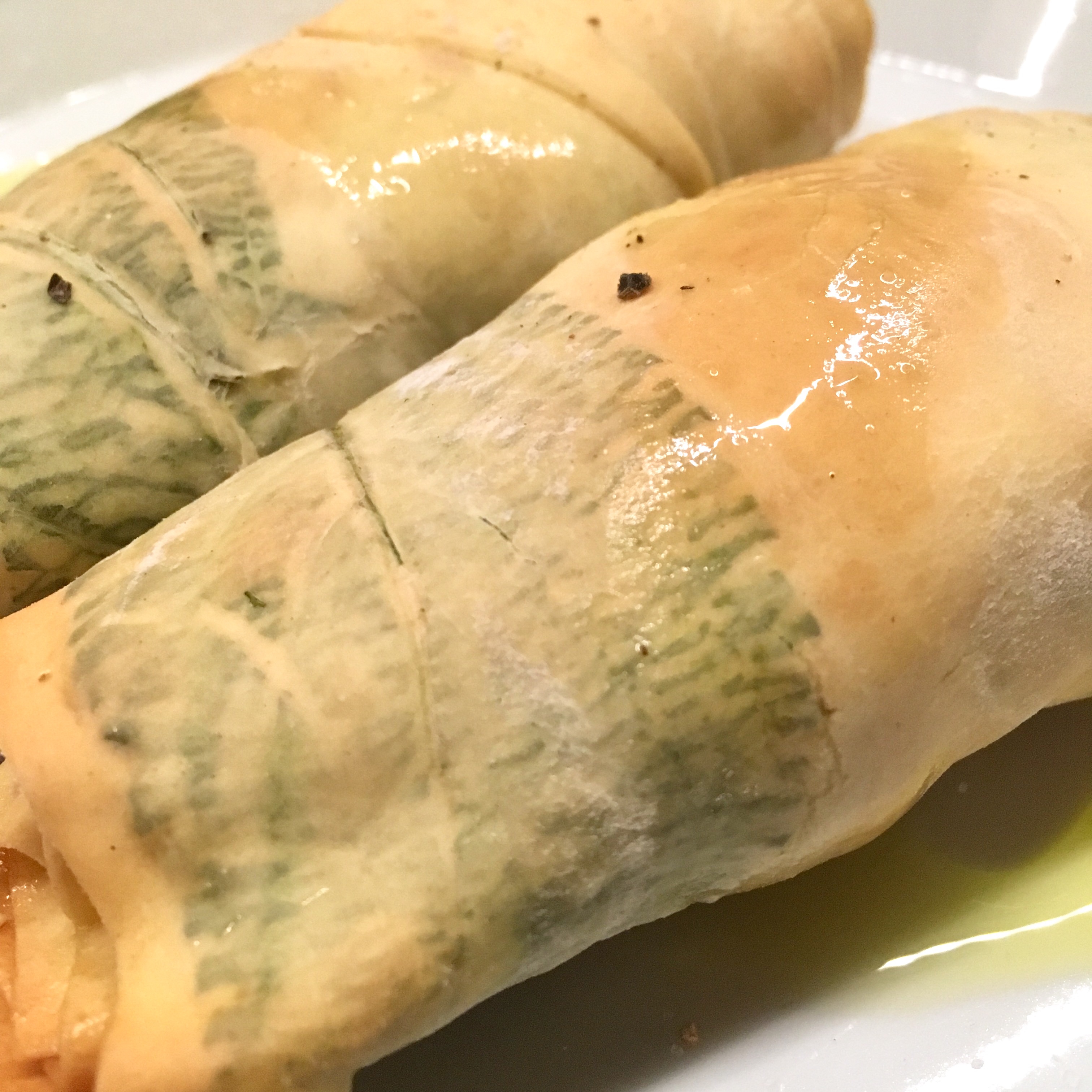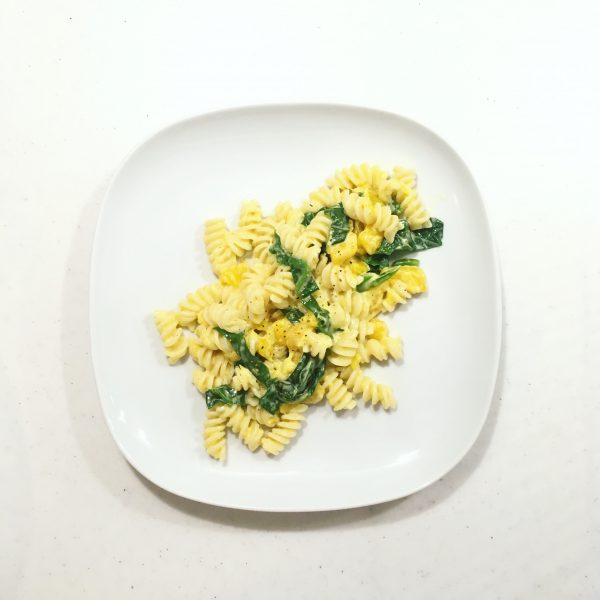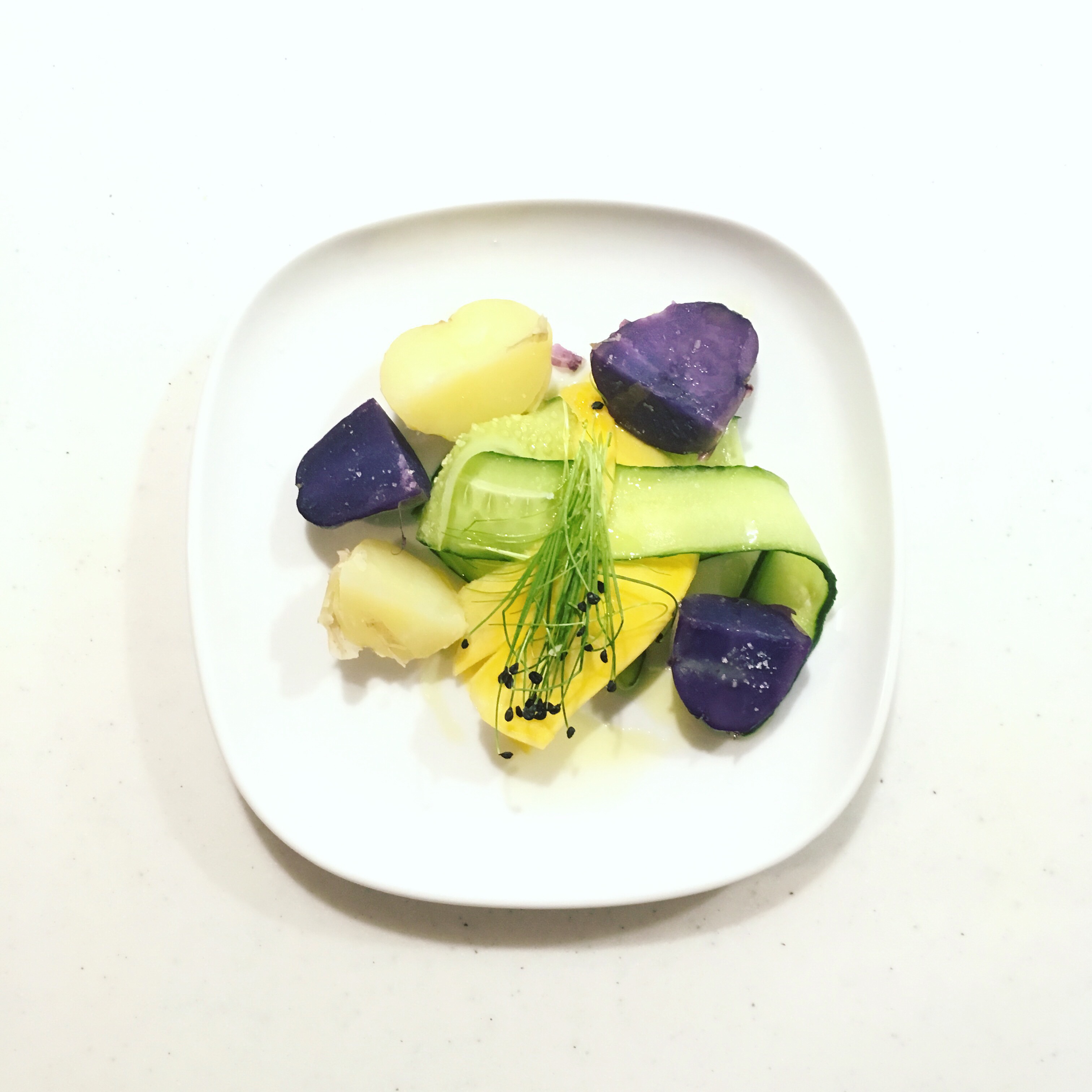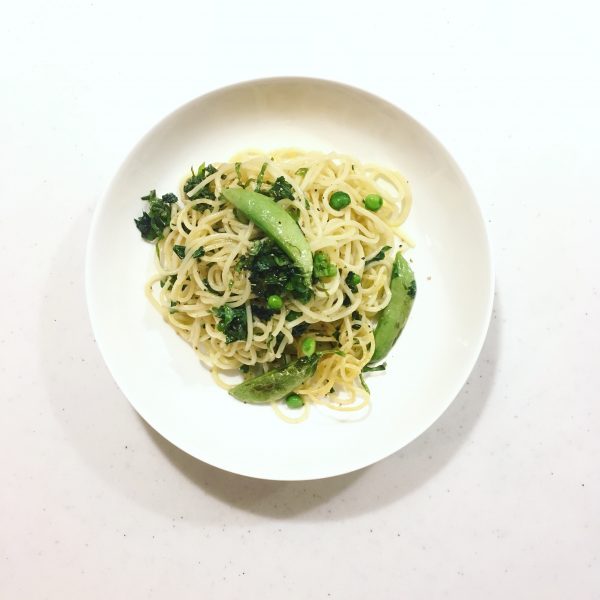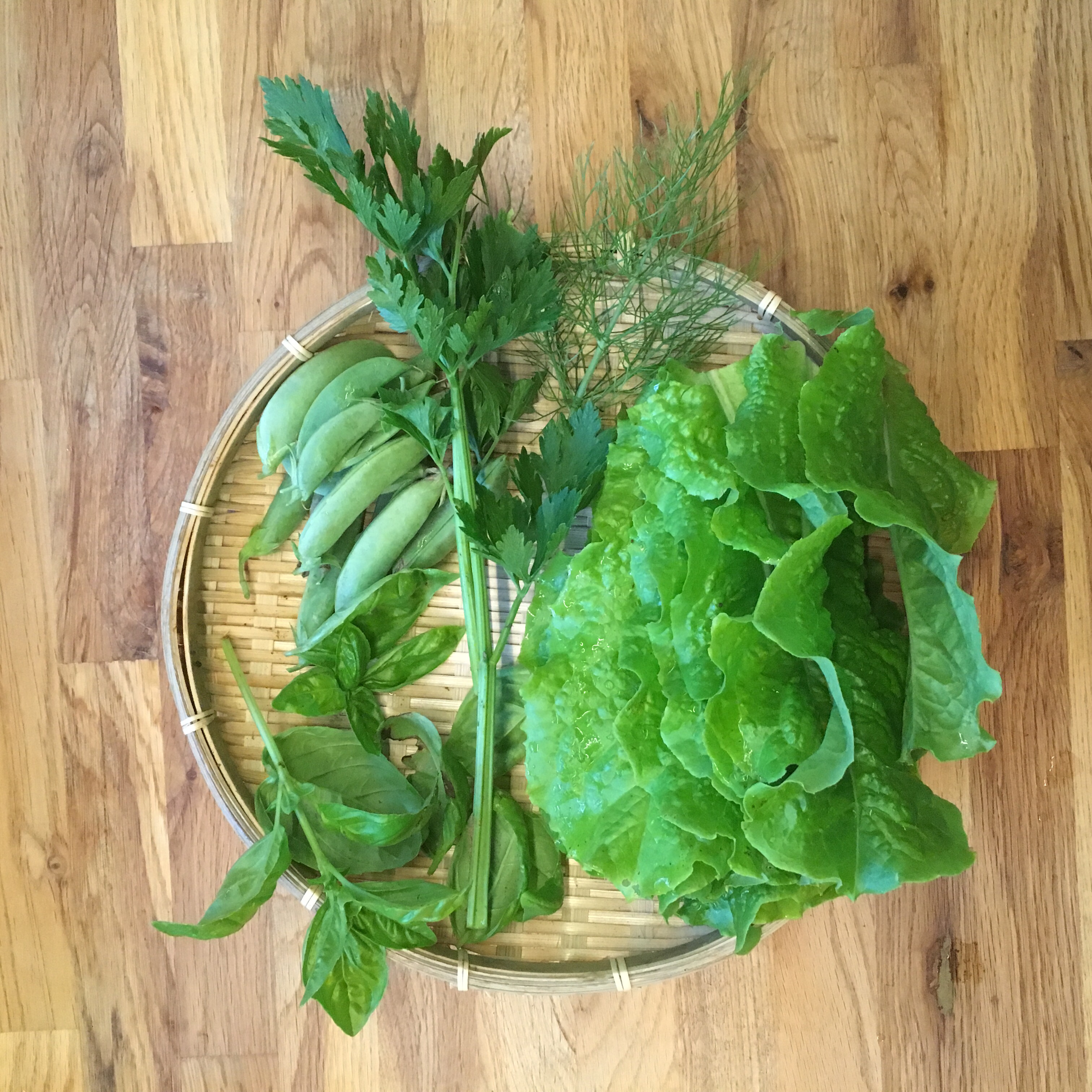Every week, I am hoping for a more quieter week and every week day is getting busier and I end up with very very little time to cook… for example today my lunch was some raw carrots, a piece of Comte cheese and some nuts… as I rushed between meetings and things to do. It is also often a bowl of rice topped with something rapidly cooked (more coming about that soon). So when I manage to have just a little more time to cook I jump on the occasion and I cook some more fancy things. “Fancy” being almost exaggerated!!
The season for edamame is starting now and I got some from the farmers market, which I was thinking I would just boil for a quick use in salad or with rice but then I had this little window of time for cooking and I was all set for making edamame gyoza, but then thought that as delicious it seems, it would be almost too conventional in traditional Japanese flavors, so I decided to opt for the Italian version: ravioli!!!
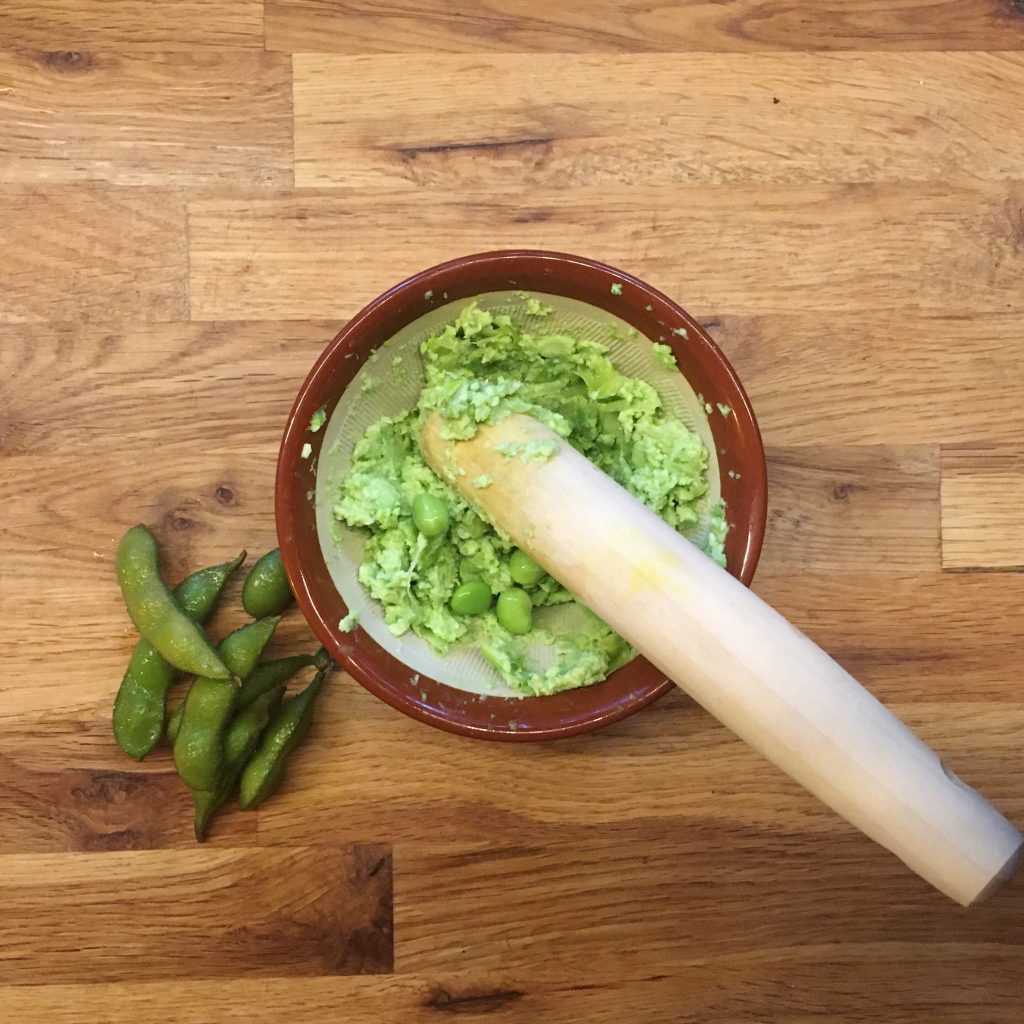
While making ravioli takes a little bit more time, it is so rewarding and we love them so much that it is always worth eating a bit late!!! For this edamame ravioli, I mixed in the filling the edamame and some pork meat and I dressed them simply with olive oil, salt and pepper. Here is my recipe.
Edamame ravioli
- 100g of flour (I used whole wheat here)
- 1 egg
- a bit of water
- 100g of ground pork meat
- 200g of edamame
- Salt, pepper olive oil
Prepare the pasta by mixing, as usual, the flour, the egg and a bit of water. Knead well and keep for 30min.
Boil the edamame. Once cooled down, shell them and remove the skin as much as possible. In a mortar puree them roughly (as on the above picture). In a frypan cook the pork meat then mix with the edamame. Add salt and pepper. Keep the frypan as it is.
Roll the pasta. Fill the ravioli and close them. Boil a large pan of water and boil the ravioli. When they float move them to the frypan with half a ladle of cooking water. Add olive oil a bit and cook 2min before serving and enjoying immediately.
